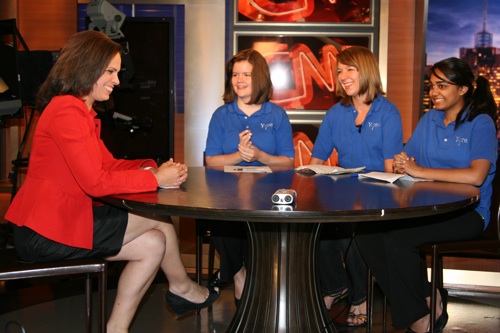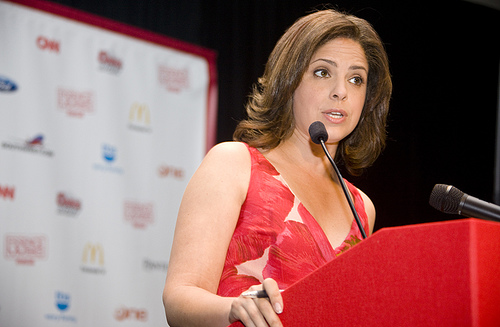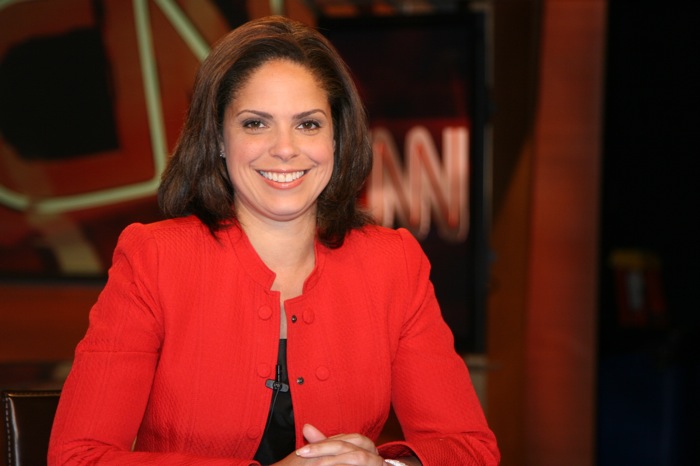Power of the Question
Lesson 2: Identifying Interview Style
WARM-UP ACTIVITY
Write the following question on the board: “What examples come to mind when you think of the word STYLE?” (What does it look like?) Have students write responses individually. Share responses and list them on chart paper/white board/smart board. Some possible responses may include: dress; accessories; hair; home; writing; dance; art; eating.
Using a couple as examples, ask students to identify descriptive adjectives for them. For example:
- HOME = country; traditional; contemporary
- DRESS = conservative; business; casual
- ART = modern; pointillism; Renaissance
Ask students if there is such thing as a questioning style, and if so, elicit some descriptions of different types of questioning styles. For example:
- aggressive
- leading
- judgmental
CONCEPT FORMATION
Create a categorization chart as a class to explore what STYLE is and is not. This may look something like the following:
STYLE
What is it? What is it not?
| thoughtful | random |
| trial and error | universal |
| cultural | impulsive |
| reflective | thoughtless |
| personal | permanent |
Explain that a person’s questioning style includes similar attributes and that it develops over time much like one’s style of dress, writing, etc. Refer to the O’Brien biography and ask students if they found anything they read particularly interesting or surprising.
Tell students that they are going to view a Y-Press interview with CNN newscaster Soledad O’Brien and that their goal is to listen carefully to what she describes her own interviewing style. Encourage them to jot down what they hear and show the video.
Soledad O’Brien Video
You can watch the entire O’Brien video here.
Afterwards, discuss the video and what students heard her say. Have a student list responses to what the CNN journalist said about tone and style on the board.
Some examples may include:
- respect
- contextual
- fair
- thoughtful
- conversational
Discuss O’Brien’s Andrew Young interview from “Black in America.”
APPLICATION
O’Brien identifies listening as her style. Have student respond to one of these prompts in their journals:
- Give examples of characteristics of a “good listener?”
- What does an engaged listener look like?
- How can active listening lead to other questions?
- Write about three ways that you can tell that someone is a good listener.
Have students read an article about Dr. Martin Luther King’s assassination or view another piece from O’Brien’s series, “Black in America.” Compare the article to O’Brien’s report of the story. How does print media (magazines, newspapers) differ from broadcast media? What are the positives and negatives to each media with regard to the story being covered?
LESSON ADAPTATIONS
Gearing up: High school students investigate the controversy surrounding the MLK assassination from several reporting perspectives, including television news clips, magazines or newspapers. The students could compare coverage at the time of the assassination to coverage of a national story today (i.e. Wall Street scandal, election fraud, etc). Ask students to determine if/how access to news media has changed over the past four decades and how those perceived changes have affected news coverage.



